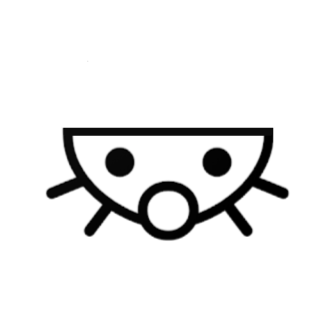Honestly, for those tools, I’d recommend posting in piracy@lemmy.dbzer0.com.
Echoing some other comments, those are decently complex tools all around. I’d recommend doing a few tutorials on docker before trying out that project (short ones, just to build a mental model).
As others have said, docker is a command line tool. docker -v in your terminal should be enough to “find” it. That’ll show you the version of docker you have installed.
From there, I’d recommend the hello world image to start (this should get you there https://www.geeksforgeeks.org/docker-hello-world/).
From there, keep messing with it. Get more familiar with docker through their docs. Read a bit on images vs containers, port mapping, and volumes and mounts.
As others have said, look for docker only in the terminal. And then expect to spend a little time familiarizing yourself with what problem docker solves and how it solves it. Once you’ve got docker in your back pocket, you’ll be very well situated to set up all kinds of apps.
And when you run into other problems, there’s communities to answer and work through the issues




I see other commenters saying you should use docker. And I agree. If you are set on doing this without learning docker, feel free to ignore this comment.
Otherwise, I would argue that learning docker and docker compose is a good investment for your linux learning. The TL;DR of docker is that it is a way to run software like jellyfin, which is prone to issues like you are currently seeing when running on “bare metal” (here defined as simply: not running in docker), in an environment created specifically for that software.
Docker makes it so other (usually really knowledgeable) people can set up a server that runs some software properly. It has all the files in the right place, any recurring jobs happening, all the permissions set up, etc. And then, they create a snapshot of that server and put it in a docker image. That image is publicly distributed and others (like you and me) can take that image to start a container. The terms are not super intuitive. But an image can be thought of as a “snapshot” of a specific computer at a specific time; it is usually set up to run a specific task. And a container is an actually running instance built off one of those snapshots.
To tie this into your use case, the idea is that you use docker to take a popular and robust jellyfin image and use docker to create a container that’s running jellyfin smooth as silk for you to use. Docker is popular amongst the self-hosting community because containers don’t tend to run into issues like you see above. Docker and/or the image itself control what environment variables they receive, what other software might be running with them, and a whole host of other headaches that come with running the service “bare metal.”
Some comments mention Docker Compose. This can be thought of as an extension to docker functionality. To run a container in docker, you’ll run a command like
docker run -d <a whole goddamn host of arguments> lscr.io/linuxserver/jellyfin:latestwherelscr.io/linuxserver/jellyfinis the image you want to use andlatestis the tag (which is essentially the image’s version except that some tags, like latest, change what they point to). This is totally fine and will work. But it’s hard to make updates. The “whole goddamn host of arguments” will have important information about how your host server interacts with the container. It’ll specify things like what ports from your host are forwarded to the container, what files from within the container persist after it has been stopped, and what environment variables the container runs with. With “base” docker, you need to run a command like this to bring up a container, which can get hugely cumbersome if you’rr maintaining a lot of services in containers or are trying to experiment with different container arguments. Docker Compose is a way to specify containers you want to bring up in a YAML file so that you don’t need to type out or remember each service’s command every time. I would strongly recommend using Docker Compose as well.So, I’d recommend taking the time to install Docker and Docker Compose. And then the little extra learning curve to use them to run jellyfin in a container. It will take more time now, but save you time in the long run. You will know you have installed docker and docker compose correctly if you can run the command
docker --versionand see your version information anddocker compose versionand similarly see version information.Appendix:
My last note: we all started as noobs. I give this advice because it is the advice I would give my earlier self. I believe that the time investment in this now will save you a lot of pain both in avoiding the debugging now and in avoiding this debugging in future. Please feel free to reach out if you have questions.